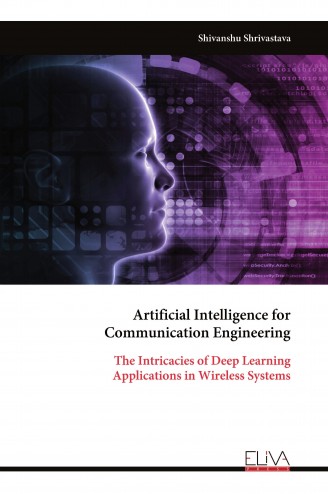
Artificial Intelligence for Communication Engineering
$ 64.5
Author:
Shivanshu Shrivastava
Pages:187
Published:
2025-08-12
ISBN:978-99993-3-006-0
Category:
New Release
Description
Leave review
Description
Artificial Intelligence for Communication Engineering offers a groundbreaking exploration into how deep learning (DL) and deep reinforcement learning (DRL) can transform the performance of modern wireless communication systems. With the increasing demand for intelligent, adaptive, and energy-efficient communication networks, this book serves as a timely resource for researchers, engineers, and graduate students alike.
Beginning with hybrid systems that integrate radio frequency (RF) and visible light communication (VLC), the book proposes innovative DL frameworks for optimizing bandwidth, power, and user allocation. It introduces deep Q-network (DQN) algorithms to maximize system throughput—demonstrating a significant gain compared to conventional optimization-based models. The discussion then evolves to dynamic indoor scenarios such as hospitals and airports, where transfer learning-based DQN models adapt to user mobility, drastically reducing training time while enhancing data throughput.
The book further presents a two-stage deep transfer learning (DTL) strategy for high-complexity hybrid RF/free space optical systems, achieving up to 80% improvement in learning speed. It explores model-free DRL techniques for hybrid RF/LiFi networks, accounting for real-world factors like mobility and signal blockage, with results showing over 60% improvement in data rates.
Later chapters focus on on-policy DRL strategies such as advantage actor-critic and proximal policy optimization, which outperform traditional DRL algorithms in large-scale heterogeneous networks. The book also dives into DL applications for massive MIMO systems using discrete Rajan transform for CSI feedback reduction, showcasing 120% improvement in estimation accuracy. Finally, it addresses cognitive radio systems under security threats, proposing DQN-based defense mechanisms that outperform legacy systems.
Each chapter is supported by rigorous simulations in highly practical conditions. It shows the transformative power of AI in next-generation networks. More than a technical guide, this book is a vision for the intelligent, adaptive, and secure wireless communication systems of tomorrow.
